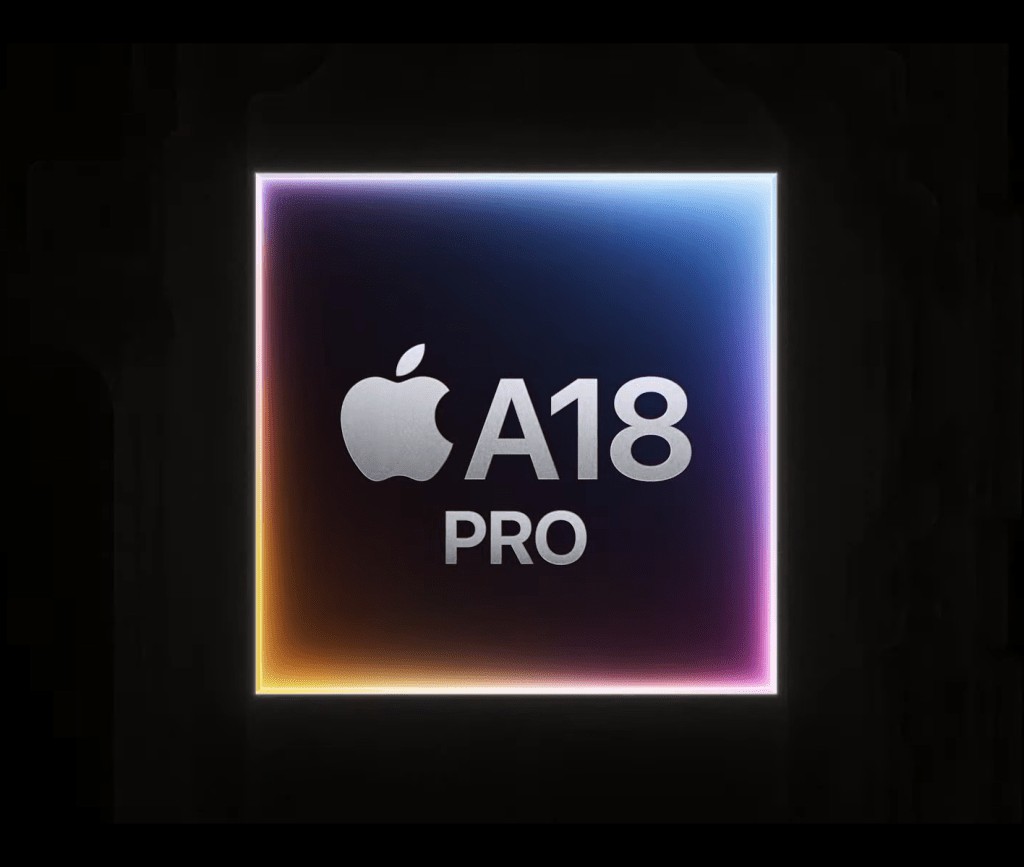
Apple's newest iPhone 16 series has stirred excitement in the tech world, particularly with the introduction of its latest chips: the A18 and A18 Pro. Early benchmark results have now surfaced, offering a glimpse into the performance capabilities of these new processors.
A18 Pro: Closing the Gap with Desktop-Class Chips
The A18 Pro, powering the iPhone 16 Pro models, has shown impressive results in Geekbench tests. With a single-core score of 3,409 and a multi-core score of 8,492, the A18 Pro is nipping at the heels of Apple's M1 chip, which was designed for Mac computers.
This performance puts the A18 Pro in a league previously reserved for desktop-class processors. It's a testament to Apple's continuous push for mobile chip innovation, as the A18 Pro nearly matches the performance of the M1 chip released just four years ago.
A18: A Step Up for Non-Pro Models
While less information is available about the standard A18 chip, it's expected to offer significant improvements over its predecessor. Both the A18 and A18 Pro are built on TSMC's 3nm process, promising better efficiency and performance.
The key difference between the two lies in their GPU configurations. The A18 Pro boasts a 6-core GPU, while the standard A18 features a 5-core GPU. This additional core in the Pro version is likely to enhance graphics performance, particularly beneficial for gaming and other visually demanding tasks.
Early Results: A Mixed Bag
Interestingly, some early benchmark results for what is believed to be the iPhone 16 Pro have raised eyebrows. A device identified as "iPhone17,3" scored 3114 in single-core and 6666 in multi-core tests on Geekbench 6. These scores, while respectable, fall short of what many expected from Apple's latest Pro model.
However, it's crucial to remember that these results are preliminary. The final release versions of the iPhone 16 series are likely to show improved performance as Apple continues to optimize the hardware and software integration.
Looking Ahead
As we approach the official release of the iPhone 16 series, expected around September 20, more comprehensive benchmarks and real-world performance tests will provide a clearer picture of the A18 and A18 Pro's capabilities.
The advancements in Apple's chip design, particularly the A18 Pro's close performance to the M1, highlight the rapidly shrinking gap between mobile and desktop computing power. This progression promises exciting possibilities for future mobile applications and user experiences.
While early benchmarks offer a tantalizing preview, the true test of these new chips will come when they're in the hands of users, running real-world applications in everyday scenarios. Until then, the tech world watches with anticipation to see how Apple's latest innovations will shape the future of mobile computing.